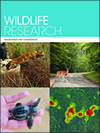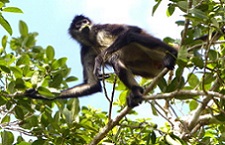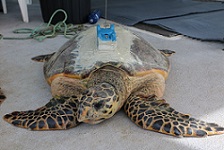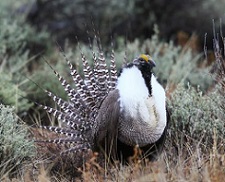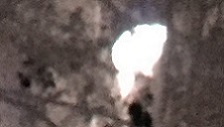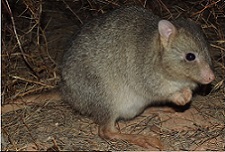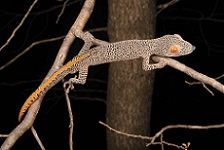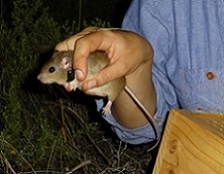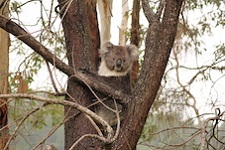WR20107Animal welfare testing for shooting and darting free-ranging wildlife: a review and recommendations
 , Jon M. Arnemo, Richard Barnsley, Marc Cattet, Pierre-Yves Daoust, Anthony J. DeNicola, Grant Eccles, Don Fletcher, Lyn A. Hinds
, Jon M. Arnemo, Richard Barnsley, Marc Cattet, Pierre-Yves Daoust, Anthony J. DeNicola, Grant Eccles, Don Fletcher, Lyn A. Hinds  , Rob Hunt, Timothy Portas, Sigbjørn Stokke, Bruce Warburton and Claire Wimpenny
, Rob Hunt, Timothy Portas, Sigbjørn Stokke, Bruce Warburton and Claire Wimpenny
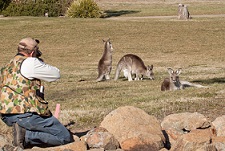
Shooting and darting of wildlife are techniques that rely on ballistics and impose animal-welfare risks. The present study reviews assessment methods suitable for animal welfare testing of new ballistic technology and the consequences of forgoing testing. We make recommendations for how to assess ballistic techniques before widespread use. Photograph by Richard Barnsley.
WR20107 Abstract | WR20107 Full Text | WR20107PDF (1.4 MB) Open Access Article


